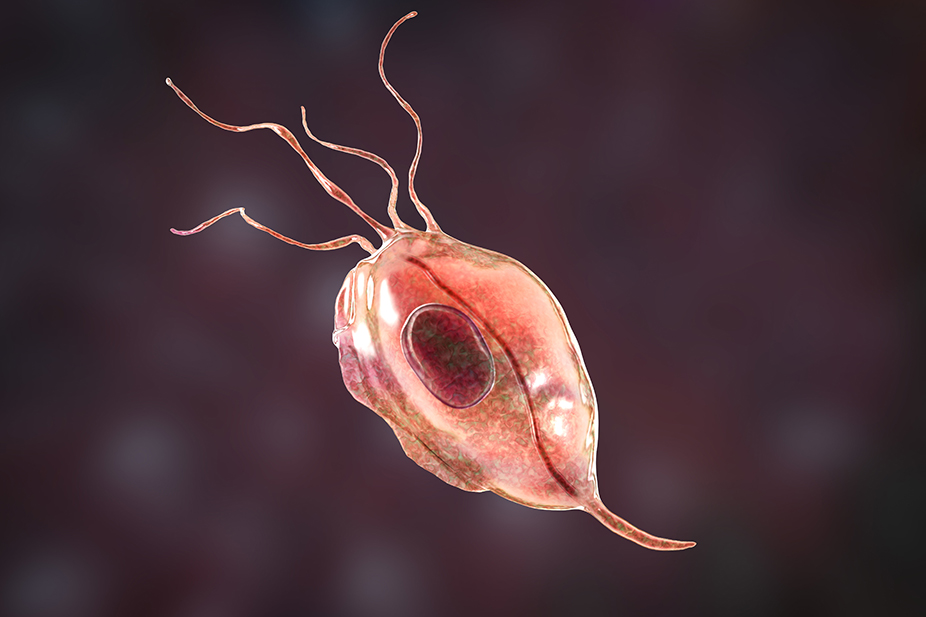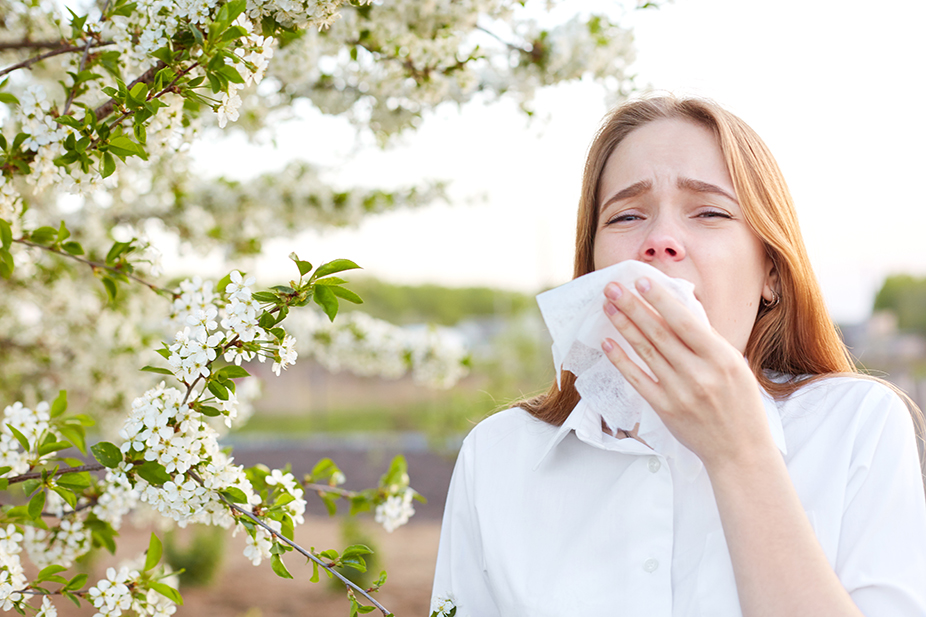The Power of Protozoa
- Biology
- Article
- Cells

Water may sustain birds, fish, plants, and humans; but there is more than meets the eye. There is also the mysterious world of Microorganisms and the surrounding substrates that provide a fascinating topic of study in the classroom. Protozoa provide a great study area to guide students in their understanding of single-celled organisms. Protozoa encompasses over 215,000 species including, flagellates, amoebas, spore formers, and ciliates. Protozoa also demonstrate symbiosis and mutualism as they can also be found within other organisms.
Symbiosis refers to two dissimilar organisms living together in close association, while mutualism refers to a mutually beneficial relationship between two organisms and some level of dependency. There are many examples where these 2 relationships are combined including, the symbiotic mutualism between termites and the protozoan Trichonympha. In this circumstance, Trichonympha aid the termites in the digestion of cellulose.
Protozoa and the environment
Protozoa have great impact on the environment as well as the flora and fauna that live within it. Protozoa are very diverse and their influence can be both positive and negative. Within the members of the phylum Apicomplexa, is Plasmodium. A blood-borne pathogen, Plasmodium is transmitted by the Anopheles mosquito and is responsible for malaria. This small individual protozoa is responsible for millions of deaths worldwide; showing how microorganisms have the ability to make a huge impact on the human world. The Coccidia group includes Cryptosporidium and Toxoplasma, which are spread through contact with infected fecal matter. Protozoa also have the capacity for positive impact on the sustainment of life. Some organisms use protozoa as a source of energy and the interactions between protozoan and bacterial communities can release compounds into soil that helps sustain plant life.
Protozoa locomotion
Protozoa employ different means of locomotion, including pseudopodia, cilia, or flagella. These diverse forms of locomotion provides a means to differentiate Protozoa. Each form of locomotion refers to the method the organism uses to move itself or procure food. The Amoeba proteus employs pseudopodia, meaning it is constantly changing in shape as its false feet emerge from all over its body. Flagella; to use whip like structures to move around can be observed through Euglena and Volvox. Some protozoa use hairlike structures to travel in water; called cilia, this trait can be found in Stentor, Vorticella, and Paramecium.
Protozoa Reproduction
Using binary fission, budding, and conjugation, Protozoa are able to reproduce both sexually and asexually. We can observe conjugation reproduction best with Paramecium. There is a diverse level of complexity in protozoan cell types. This can be studied as a progressive learning journey into cell structures, behaviours and attributes. Comparing Protozoan cell features with plant, animal, and bacterial cells will generate great insights that will deepen students understanding of the role microorganisms play in our environment. The learning opportunities extend far beyond the concepts outlined in this article; students have a whole new world of single-celled organisms to discover.

